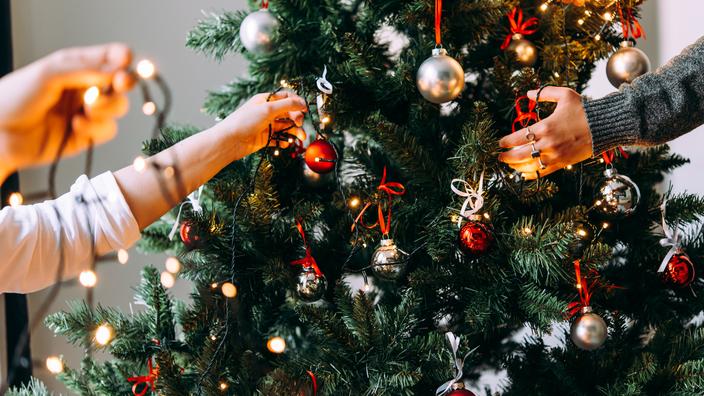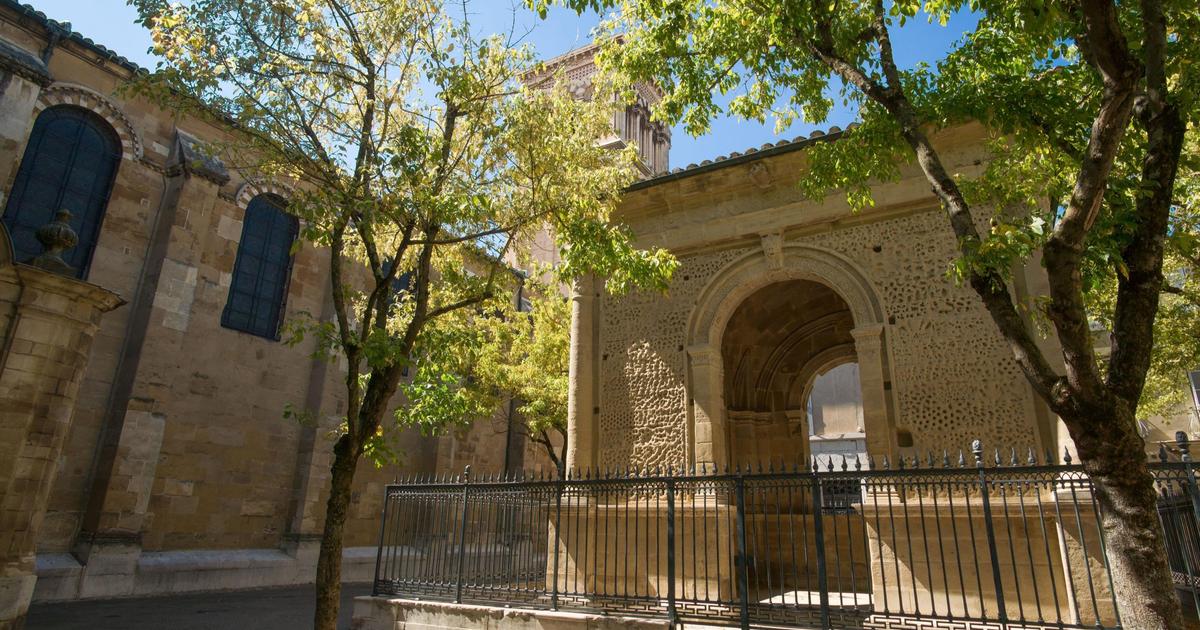You can't imagine Christmas without them.
Each year, with the approach of Christmas, the firs take up their quarters in French homes.
Nearly 6.7 million are sold per year, including 5.9 million natural trees, a number that has remained stable for several years.
Under the branches laden with garlands, parents and children exchange
Made in China
toys
and Norwegian salmon toast, essential ingredients of a celebration that has long since become one of globalization.
But where do the fir trees come from?
To discover
Energy check: everything you need to know about the aid scheme which concerns nearly 5.8 million households
SIMULATOR - Are you getting paid well?
Read also Christmas: our selection of smartphones to slip under the tree
More than 80% of the trees sold in France grow in France.
This high share can be explained by the growing demand from consumers for fir trees of French origin.
While this was originally an Alsatian tradition, today they mainly come from three regions: Morvan, Brittany, and the Rhône-Alpes region.
But it is cultivated in almost all regions of France.
The remaining 20% come from our European neighbors: Denmark, Belgium and Germany mainly.
Organic remains very much in the minority
Among the different species of fir, it is not surprisingly the Nordmann that comes out on top. Representing around 70 to 75% of sales, it is highly regarded for its softer needles which stay on the tree longer, as well as for its beautiful deep green hues. Originally, the species comes from the distant mountains of the Caucasus. On the contrary, its great rival spruce is naturally present in France. If it balms the whole house with an immediately recognizable odor, the abundant fall of its needles is restrictive, which explains why it has been in decline in sales for several years. To keep it alive longer, it is more and more often sold in jars.
With its bluish color, stubborn needles and resin scent, the noble fir,
Abies Nobilis
, mixes the advantages of the other two. But it is more difficult to cultivate, which explains why its market share is still low, around 3 to 4%.
Founded less than ten years ago, the organic sector remains in the minority, accounting for around 1% of sales. On the other hand, there is a strong demand for fir trees produced within the framework of sustainable agriculture. Several labels exist, such as
Blue Plant
or
MPS
. Their share in the volume of sales is set to increase because, aware of the growing interest of consumers,
"more and more distributors are asking their suppliers to supply them with trees from sustainable agriculture"
, explains Frédéric Naudet, president of AFSNN, the association of Christmas tree producers
.
As for artificial trees, 2020 was a year of declining sales, from 1.1 million in 2019 to 800,000 in 2020.
Rest assured: natural or synthetic, Spruce or Nordmann, French or Danish ... All trees are suitable for receiving gifts from Santa Claus.







